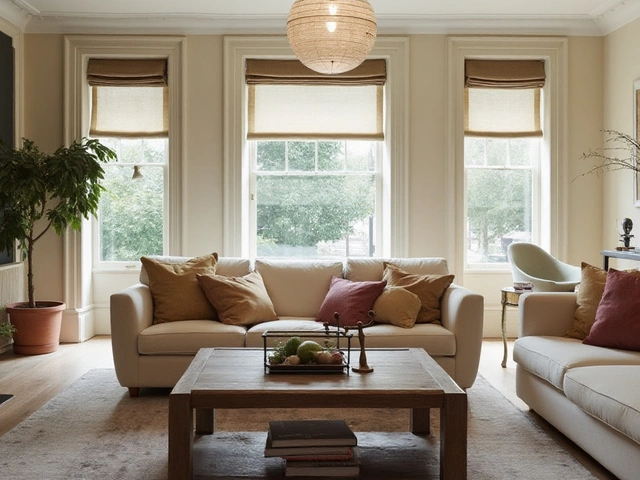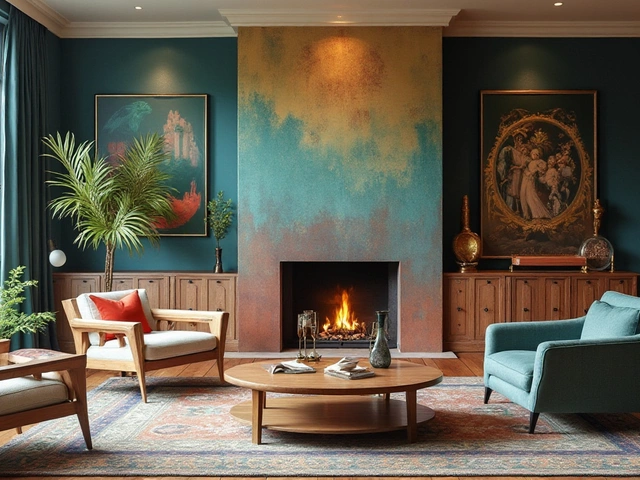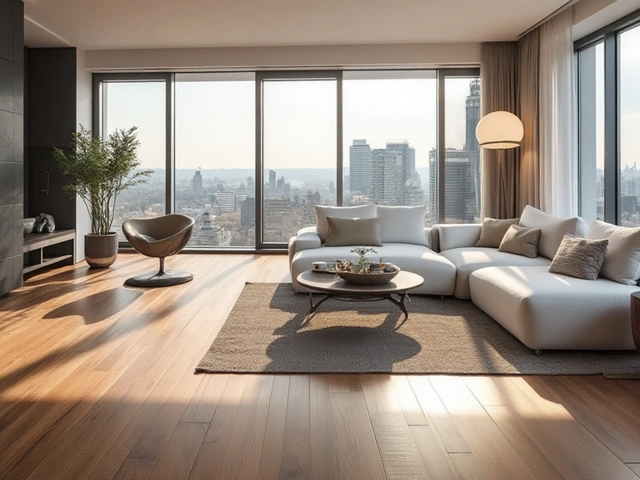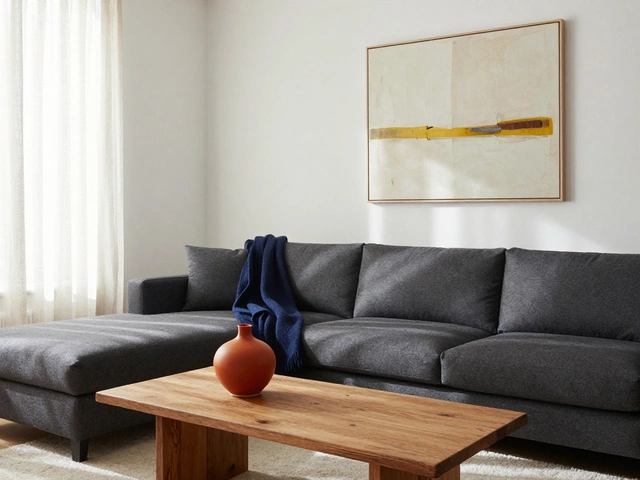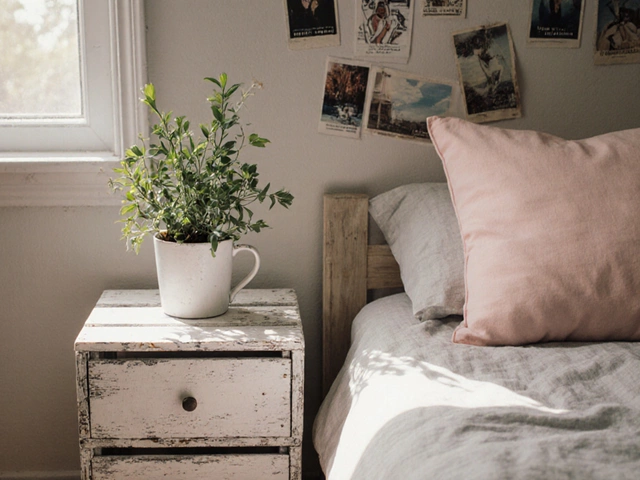Flooring Lifespan: What to Expect and How to Extend It
Did you know a single floor can outlive a whole house? Knowing the lifespan of each floor type helps you plan budgets, avoid surprises and keep your home looking fresh. Below we break down the most popular floors, the factors that wear them down, and easy steps to add years to their life.
Typical Lifespan by Flooring Type
Hardwood: Real hardwood can last 30‑100 years when it’s well‑maintained. Scratches and dents are normal, but a good refinishing job every 7‑10 years resets the clock.
Laminate: Laminate is built to look like wood but uses a composite core. Expect 15‑25 years before the surface shows major wear, especially in high‑traffic rooms.
Luxury Vinyl Plank (LVP) & Vinyl Sheet: These are water‑resistant and tough. Most LVP products stay good for 10‑20 years, while quality sheet vinyl can stretch to 20‑30 years.
Tile (Ceramic or Porcelain): Tile itself can last a lifetime, but the grout lines may need re‑grouting every 5‑10 years. Proper sealing can push the overall life to 40‑50 years or more.
Carpet: Carpet faces the most daily abuse. Average life is 5‑10 years, though high‑quality fibers and regular cleaning can stretch it to 12‑15 years.
Key Factors That Affect Flooring Longevity
Even the toughest floor will quit early if you ignore the environment. Sunlight fades colors, humidity expands or shrinks wood, and heavy furniture can dent softer surfaces. Spills that sit too long damage laminate and carpet. Knowing these triggers lets you act before they cause permanent harm.
Installation matters too. A floor laid on an uneven subfloor will flex, leading to cracks in tile or gaps in wood. Use the right underlayment and follow manufacturer spacing guidelines to avoid these problems.
Maintenance routines are the easiest way to add years. Sweep or vacuum daily, mop with a cleaner made for the specific material, and apply sealants or finishes when recommended. A quick spot‑clean of stains prevents deep penetration that’s harder to reverse later.
Furniture protection is another simple hack. Felt pads under chair legs stop dents on hardwood and laminate. Area rugs in entryways capture grit that would otherwise scratch the surface.
Lastly, keep an eye on traffic patterns. High‑traffic zones like kitchens and hallways wear faster. Consider a more durable flooring choice for those spots, or add runner rugs to share the load.
By matching the right floor to the room, respecting the environment, and staying on top of basic upkeep, you can enjoy beautiful flooring for decades without breaking the bank.


